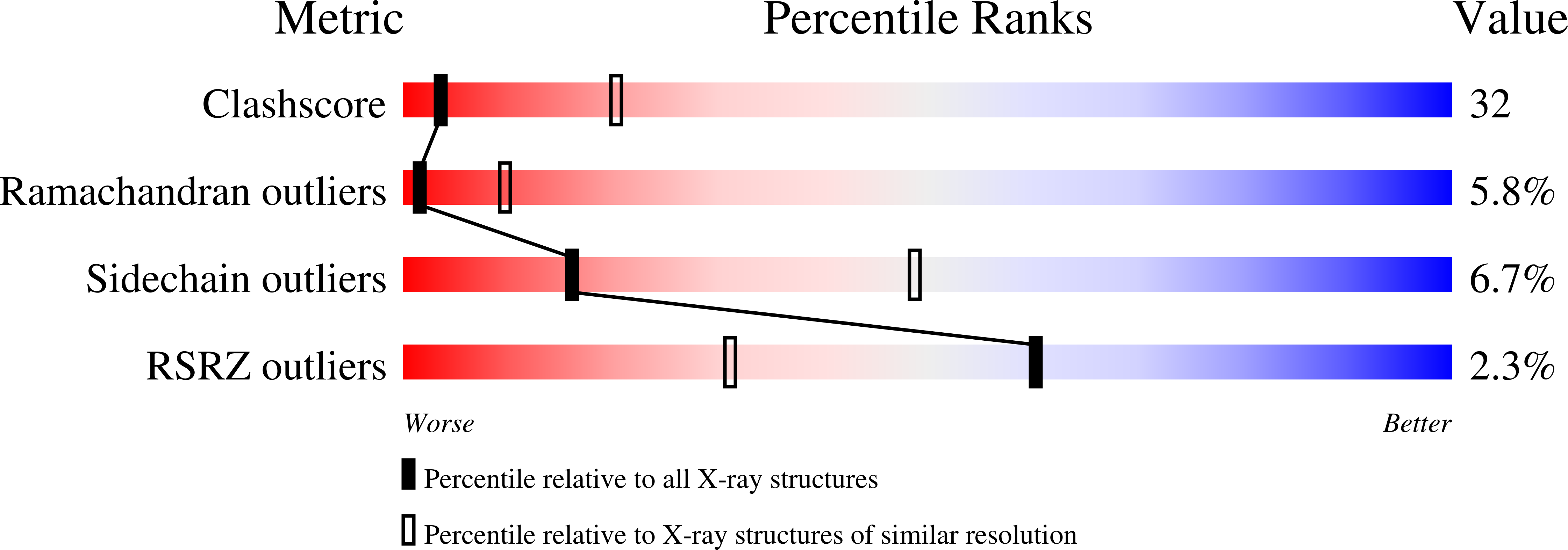
Deposition Date
2000-08-11
Release Date
2001-03-14
Last Version Date
2024-10-16
Method Details:
Experimental Method:
Resolution:
3.00 Å
R-Value Free:
0.29
R-Value Work:
0.25
Space Group:
P 41 21 2


